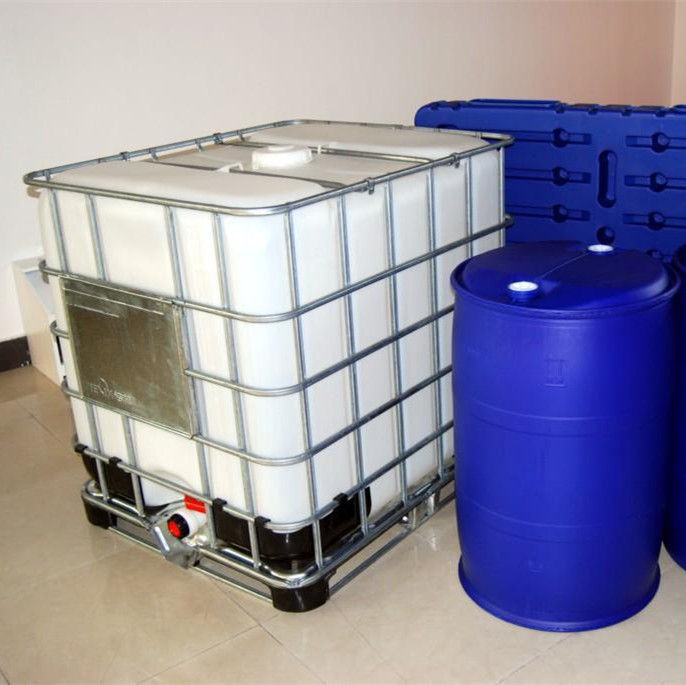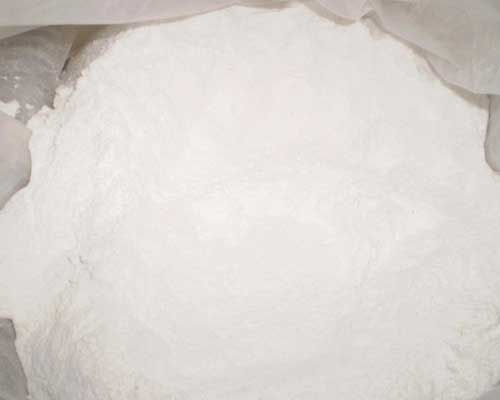Preserving the Past: Phosphoric Acid's Role in Metal Restoration
- blog4774
- Sep 7, 2023
- 2 min read
In a world where innovation often takes the lead, there's a special place for preserving the past – the echoes of history that speak to us through aged metal artifacts. But time doesn't always treat these treasures kindly, often leaving them tarnished by corrosion. Enter phosphoric acid, a silent hero in the realm of metal restoration. Join us as we explore how phosphoric acid breathes new life into metal objects of yesteryears, preserving their stories for generations to come.
The Beauty of the Past and the Challenge of Corrosion
From antique automobiles to vintage machinery, metal objects carry stories of eras gone by. However, the passage of time and exposure to the elements often lead to corrosion, eating away at these relics and diminishing their glory. Corrosion not only mars their appearance but also weakens their structural integrity.
The Role of Phosphoric Acid: A Gentle Giant in Restoration
75 Phosphoric acid steps onto the stage as a gentle yet powerful agent in metal restoration. Its rust removal and conversion properties make it an essential tool for reviving the past. When applied to rusted surfaces, phosphoric acid dissolves the rust and leaves behind a clean metal canvas, ready for the next step in restoration.
Rust Removal: Uncovering Hidden Beauty
In the rust removal process, phosphoric acid's acidic nature comes into play. It breaks down the iron oxide, commonly known as rust, revealing the underlying metal surface. What was once a corroded and tarnished object now emerges with renewed luster, ready to showcase its original beauty.
Rust Conversion: Fortifying the Metal's Future
Phosphoric acid's magic doesn't stop at removal. It possesses the remarkable ability to convert rust into a more stable compound called iron phosphate. This transformation creates a protective barrier that prevents further corrosion, ensuring the longevity of the restored metal object.
Application and Technique: The Art of Metal Restoration
Metal restoration with phosphoric acid is a delicate process that requires skill and attention to detail. Careful application, adequate safety measures, and a precise understanding of the metal's composition are crucial for achieving optimal results. Whether it's a vintage car, a decorative piece, or a historic artifact, the restoration process brings together science and craftsmanship.
The Gift of Preservation: Breathing New Life into the Past
As we conclude our exploration of phosphoric acid's role in metal restoration, we're reminded of the gift of preservation. Phosphoric acid not only rejuvenates metal objects but also keeps the stories of the past alive for future generations. By revitalizing these artifacts, we honor the craftsmanship and history they represent, ensuring that their legacy lives on.
Conclusion: Honoring History with Phosphoric Acid
In the delicate dance between past and present, phosphoric acid emerges as a key partner, preserving the treasures of history through careful restoration. Its ability to remove rust, convert corrosion, and protect metal surfaces showcases its transformative power. With each application, phosphoric acid not only restores the physical appearance of metal objects but also preserves the intangible stories that lie within, bridging the gap between generations and celebrating the enduring beauty of the past.




Comments